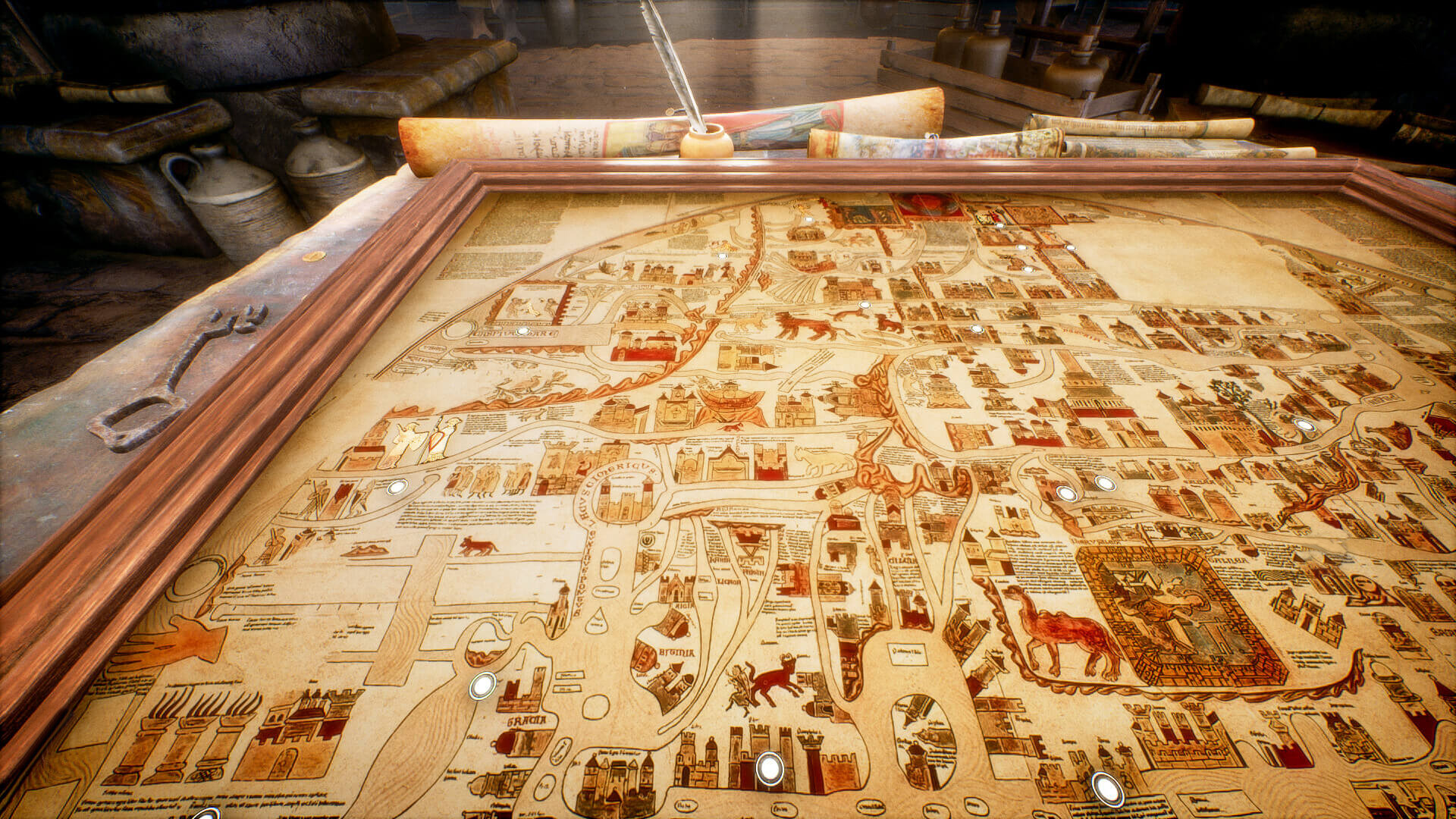news • 25 October 2024
What is technical art?

If you're exploring a future in animation, games, or VFX, you might’ve come across the term ‘technical art’ during your research. Or, perhaps you’re delving into different career path options within art and want to know what this particular specialism entails. Well, technical art is where these two disciplines intersect: combining artistic creativity with advanced technological skills to bridge the gap between pure art and programming.
Here, we break down what this subject entails, outline key technical art terms, and highlight the skills needed to pursue this exciting career.
What is technical art?
In the worlds of game development, animation, and VFX, technical artists act as a bridge between artists and programmers, ensuring creative visions are brought to life without technical limitations. They develop tools, optimise workflows, and solve complex technical problems that arise during the production process. From lighting and shading to physics simulations, technical artists ensure everything runs smoothly while keeping creative integrity intact.
Technical art: history in brief
The role of the technical artist has grown out of increasing complexity within digital media. Early on, artists and programmers had very distinct roles. But, as graphics became more sophisticated, it became clear someone was needed who could understand both the artistic and technical aspects. Today, this technical art discipline is essential in any large-scale project, playing a key role in optimising 3D assets, ensuring efficient rendering, and pushing the boundaries of what's visually possible.
Key technical art terms
When pursuing a career in this field, you’ll need to get familiar with the key technical art words you’ll encounter:
- Shaders: These are small programmes that dictate how light interacts with surfaces, materials, and textures within a game or animation, such as stone, wood, metal, or grass.
- Rigging: The process of taking a character model or ‘mesh’ and giving it a skeleton, plus painting the amount of influence or weight each bone has (known as ‘weight painting’), allowing the character to move naturally.
- Physics simulation: This refers to creating realistic movements, such as how an object falls or how water or lava flows.
- Scripting: Many technical artists are required to write code to automate tasks or create tools that help streamline production.
- Optimisation: A technical artist often works to ensure that a project runs efficiently across platforms, reducing lag or performance issues.
Managing the game development pipeline
Making a game involves a lot of interdependent work. There’s a constant flow of files being created, edited, and handed off between teammates. This whole process is called the ‘game development pipeline’, and technical artists manage it. They help create clear channels, processes, and tools that help developers exchange files in easier and more organised ways.
To store and record everything that happens to every file in a game – including previous versions, changes and who made them, and which files are currently being worked on, teams use version control software. Technical artists build tools to make it easier for artists to interact with this software.
Finally, when dealing with hundreds of thousands of files, file naming conventions and folder structure must be correctly handled and maintained. Technical artists build the structure and tools to handle mass renaming when needed.
What are technical skills in art?
Technical artists require a unique combination of both artistic and programming skills. Below are some of the core technical art skills you’ll need to develop:
- 3D modelling: Knowing how to create and manipulate 3D assets using software like Maya or Blender is essential.
- Programming: Scripting languages such as Python, C#, or HLSL are commonly used in technical art roles.
- Custom tool development: A key responsibility for technical artists is developing tools to help other artists work more efficiently, often through custom scripts or plugins. For example, they may create a tool that displays how many creatures have spawned in a level.
- Lighting and shading: Understanding how to work with light and shadow in both realistic and stylised environments are critical technical art skills.
- Problem solving: Since technical artists work on the edge of creativity and technology, being able to solve complex technical challenges is vital. They must also be able to easily switch focus between the different disciplines.
Why pursue a career in technical art?
With the explosion of new media technologies and the increasing demand for immersive visual experiences, technical art is a growing and highly sought-after profession. Whether working on blockbuster films, AAA games, or cutting-edge VR experiences, technical artists are key players in bringing these projects to life. It's a versatile career that offers opportunities in various sectors – from television to advertising to interactive media.
How to get started in technical art
With undergraduate and postgraduate degrees, as well as short courses in Technical Art for Games and VFX, our courses are designed to give students a comprehensive understanding of both the artistic and technical aspects of the industry. You’ll not only learn the foundational skills needed to succeed as a technical artist, but also the latest tools and technologies that top studios use today.
If you’re excited by both the creative and technical sides of the industry, a career in technical art might be the perfect fit for you. Whether you’re new to the field or looking to sharpen your technical art skills, there’s no better time to get started.


